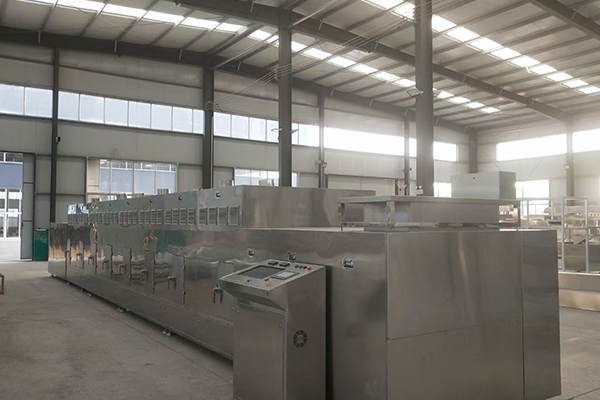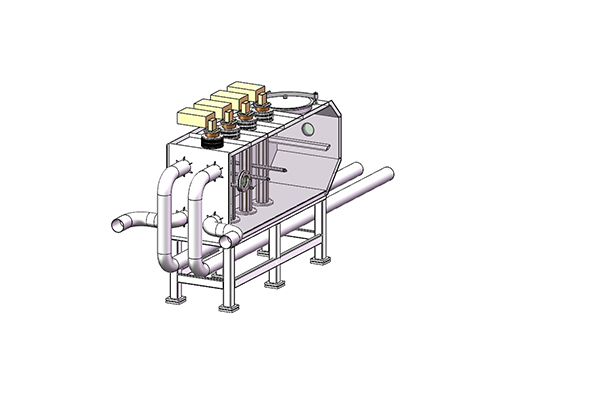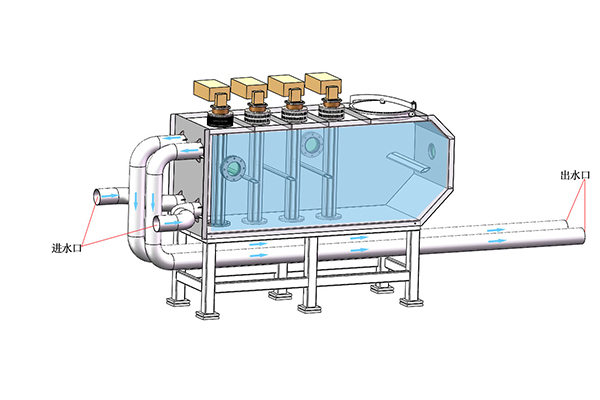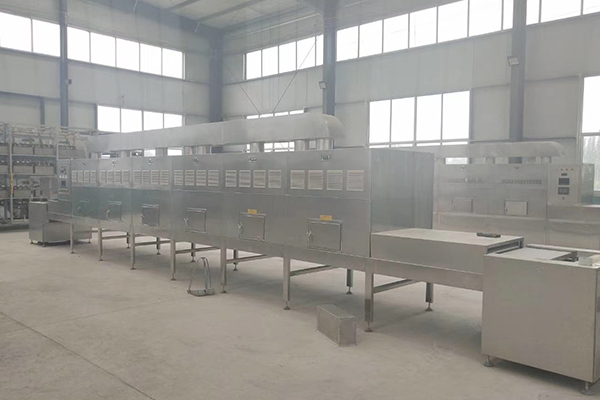
The sterilization principle of the microwave ultraviolet water treatment equipment is mainly to use the irradiation intensity of the ultraviolet lamp, that is, the radiation intensity emitted by the ultraviolet sterilization lamp, which is inversely proportional to the distance of the irradiated disinfectant. Therefore, when the irradiation reaches a certain level, the disinfectant it is exposed to will stay longer, and the closer it is to the sterilization lamp, the better the sterilization effect will be, otherwise, the worse it will be. So, what are the sterilization principles and application characteristics of the submerged microwave ultraviolet water treatment equipment? Now, let's discuss it with you! After absorbing ultraviolet rays, microorganisms will cause some changes in the structure of nucleoprotein molecules in their own cells, resulting in protein denaturation and breakage on the DNA chain, as well as destruction of cross links in DNA molecules, hydration on cytosine and uracil, and even dimers on adenosine, Because dimerization destroys the normal pairing of purine and pyrimidine, it changes the biological activity of DNA. As a result, the metabolism of microorganisms will be hindered, and they cannot proliferate, produce cells and destroy them; Causes the synthesis of proteins and enzymes in bacteria to be blocked, production Microwave heating equipment As a result, the structure and function will be changed and destroyed, which will lead to the death of microorganisms and achieve the purpose of disinfection and sterilization. Experiments have proved that UV is the most bactericidal in the range of 240nm to 280nm, especially when the wavelength is 253.7 μ m, Microwave heating equipment programme The germicidal effect of ultraviolet radiation is the best. Because a section of C frequency in the ultraviolet ray is very effective in destroying harmful bacteria or viruses. Because UV can kill bacteria, molds, viruses, unicellular algae and other organisms, UV is the preferred equipment for sterilization in the microwave UV water treatment equipment industry.

When choosing microwave electrodeless ultraviolet sterilization equipment, there are different wave bands to choose from, production Microwave heating equipment It is recommended to select disinfector with deep ultraviolet wave band. Because the deep ultraviolet wave band has a wider sterilization range and stronger sterilization ability. Microwave heating equipment programme In addition, when using the disinfector in the deep ultraviolet wave band, we must pay attention to the radiation dose and time. If the irradiation dose is not enough or the time is too short, there is no way to achieve the expected sterilization effect.

Have you ever thought about whether you need a sterilizer on your water tank? If so, which Z is better? An aquarium scientist's differences between ozone and ultraviolet sterilizers. Ozone is a gas composed of three oxygen atoms, while the oxygen we breathe is composed of two oxygen atoms. This chemical structure makes ozone highly active, production Microwave heating equipment That's why it's such a powerful sterilizer. Microwave heating equipment programme It is meaningful that the bulb in the UV germicidal lamp is made of quartz, because quartz will not filter out the UV rays. However, water filters light according to its depth. Therefore, the water flow space between the quartz bulb and the external glass or plastic tube is usually only a few millimeters - a thicker space will reduce the intensity of ultraviolet rays and allow bacteria and other microorganisms to survive.

The sterilization principle of microwave electrodeless ultraviolet sterilization equipment is to use the sterilization ability of ultraviolet light. Can ultraviolet light directly kill microorganisms? Microwave heating equipment programme According to different biological effects, ultraviolet light is generally divided into four parts according to wavelength: A-band (UV-A), production Microwave heating equipment Also known as black spot effect ultraviolet (400 ~ 320 nm); B band (UV-B), also known as erythema effect ultraviolet (320 ~ 275 nm); C-band (UV-C), also known as sterilization ultraviolet (275 ~ 200 nm); D-band (UV-D), also known as vacuum ultraviolet ray (200-100 nm). C-band ultraviolet light is mainly used for water disinfection.



